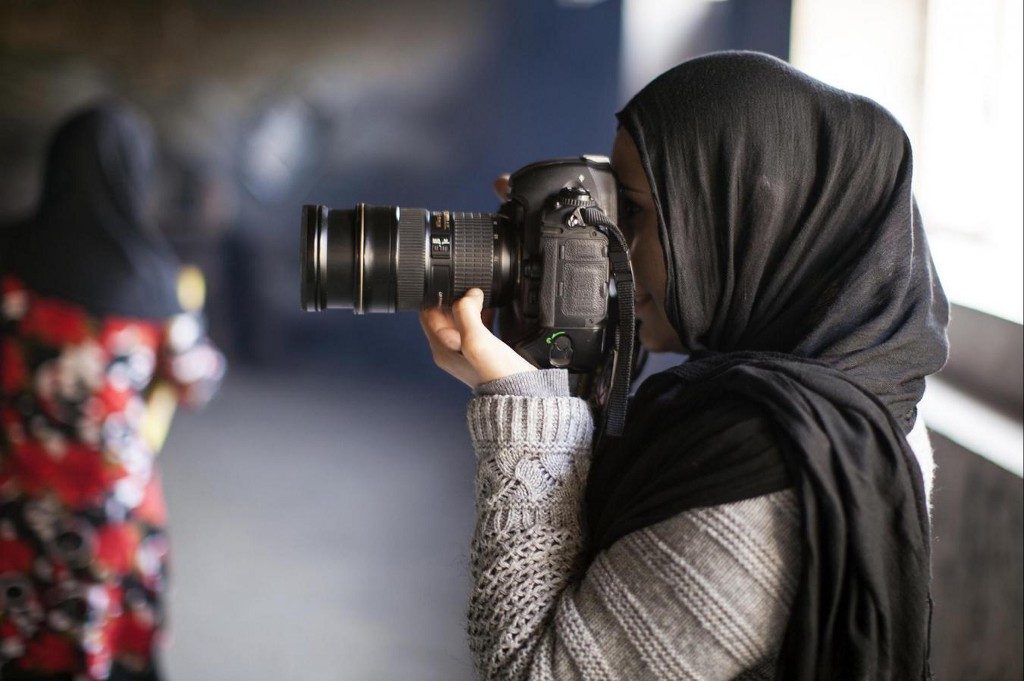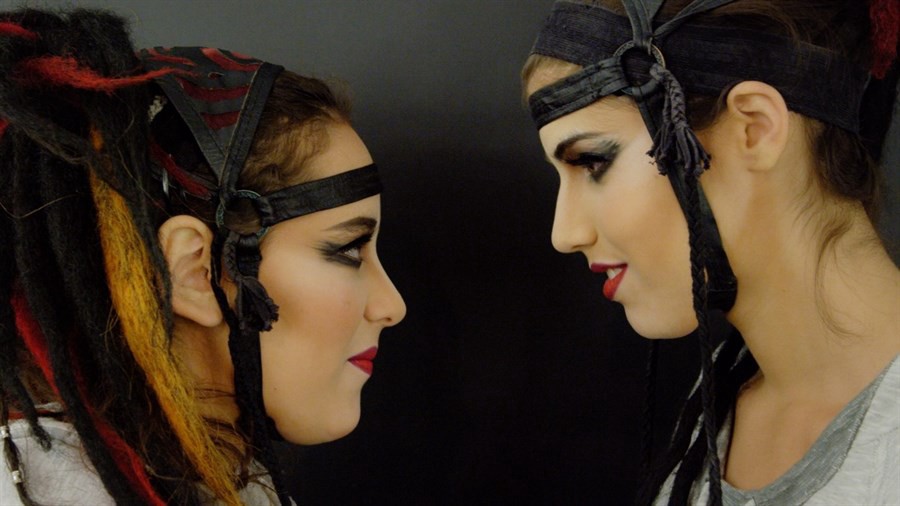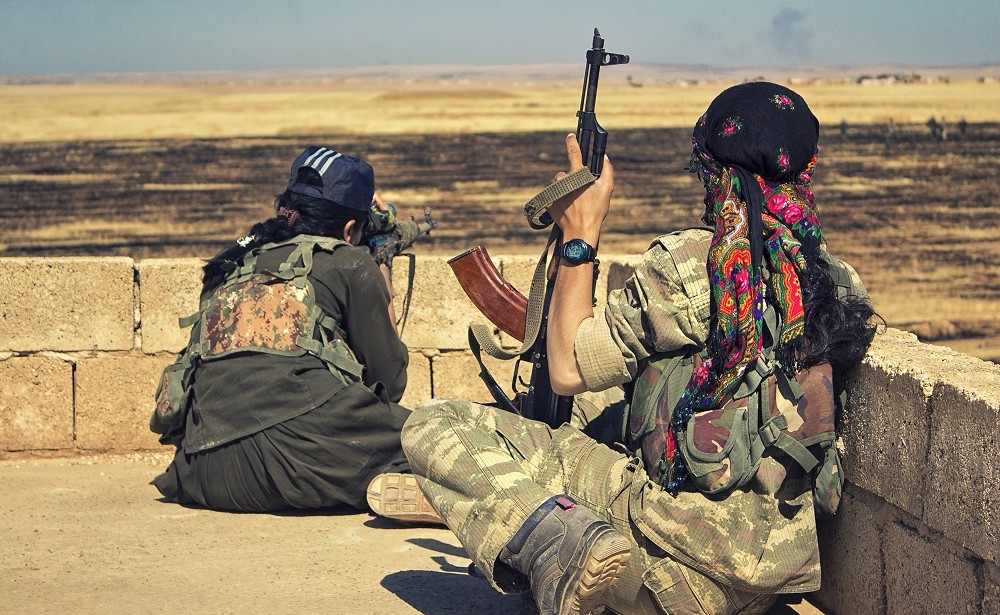Alexandria
Bombach is an Emmy Award-winning filmmaker who lives on the road. The founder of Red Reel, Bombach is known to sell all her belongings to tell a story she
believes in. Mo Scarpelli is a journalist, nonfiction filmmaker, and founder of
Rake Films. Her curiosity about humans has led her to film and photograph in 15+
countries around the world. (SXSW)
“Frame by Frame” will premiere at the 2015 SXSW Film Festival on March 15.
W&H: Please give us your description of the film playing.
AB & MS: “Frame by Frame” is a feature-length
documentary about four Afghan photojournalists facing the realities of building
a free press in Afghanistan and reframing their country for the world and for
themselves. When the Taliban ruled Afghanistan,
taking a photo was a crime. After the regime fell from power in 2001, a fledgling
free press emerged, and a photography revolution was born. Now, as foreign
troops and media withdraw, Afghanistan is left to stand on its own, and so are
its journalists.
Through cinema vérité, intimate interviews,
powerful photojournalism, and never-seen-before archival footage shot in secret
during the Taliban regime, the film connects audiences with four humans in the
pursuit of the truth.
W&H: What drew you to this story?
AB: I was inspired by a
short film called “Afghanistan: Touch Down in Flight.” It was the first time I
had seen this side of Afghanistan — the beauty. I was pretty shocked that I
had never seen anything like it before, and I almost felt cheated. I knew I
wanted to go. Many of the short documentaries I have made started with wanting
to challenge the perception of cultures, issues, and ideas that usually have
limited or sensationalized coverage in the mainstream media, so Afghanistan really
sparked my curiosity.
I wanted to hear from local storytellers about their own
narrative, rather than an outsider’s view. I found out that the Taliban banned
photography when they were in power, and this pointed me towards photographers.
At first I thought it would be a short film, but once we got there and
interviewed the four photojournalists, it was obvious there was a powerful
story here that deserved to be a feature-length film.
W&H: What was the biggest challenge in making the film?
AB & MS: We both juggled the major roles of making
this film throughout production and most of post, from directing to shooting to
editing. While we’ve both worked on short films in the multi-role capacity, it
was definitely a whole new ballgame with a feature. Let’s just say it’s been a
long time since either of us have had a day off.
Also, lots and lots of Dari. Translations
are always difficult to balance with the pace and flow of a story. We made a
stylistic choice to do dynamic subtitles in a particular font and designed
within the shots of the film. We want you to get as close to the film’s
photographers as you can, while not feeling like you’re reading flickering text at
the bottom of the screen. It took a lot of finagling to get these titles just
right, but it was worth it.
W&H: What do you want people to think about when they are leaving the theatre?
AB & MS: We want an audience to glimpse a rarely
seen view of Afghanistan and consider their perception of war-torn countries.
What is the Afghanistan you think you know? Who’s telling the stories you hear
about Afghanistan — or any place that may be across the world from you? What is
the story behind those images? Who is the human pressing the shutter, and how
does that inform what they do, and in effect, what you see?
More than free press or photography
itself, “Frame by Frame” is about four humans and their individual struggles to
capture the truth, and their truths, through photography. Why? How does
photography matter to a people, to the identity of a nation?
W&H: What advice do you have for other female directors?
AB & MS: Be bold, don’t take no for an answer, and
use what you have. We gained tremendous access to a female photojournalist and
her female subjects because we are also women. The main thread of “Frame by Frame” would not have been captured had we been men. Most importantly, listen to
yourself. Your instincts are key.
W&H: What is the biggest misconception about you and your work?
AB & MS: This is our first feature-length film, so
we’ll have to wait and see what misconceptions will be formed about us.
But one thing that has surprised people is that our gender was a benefit while
filming in Afghanistan. As foreigners, we were allowed into the room with both
women and men. Foreign men rarely get that access. We knew we wanted a small
crew for this film, but we also knew it had to be all female.
W&H: How did you get your film funded? Share some insights into how you got the film made.
AB & MS: “Frame by Frame” is an independent film,
funded by a variety of backers who believe in it. Alexandria sold her truck and emptied her
bank account to fund the first production in 2012. In those two weeks, we were
able to interview the four photojournalists and gather enough B-Roll for a
trailer — but we knew we would have to come back.
So, the following year, we launched a
Kickstarter campaign to get us back to the country that fall. Our goal was
$40,000, and with the help of more than 1,200 backers, we ended up raising more
than $70,000. The funds got us back to Afghanistan for an insanely productive
production, and also helped us buy the drives to get started on the edit.
CoPilot Pictures came on during
post-production, and their support allowed us to keep editing toward a rough
cut. Since then, we’ve been honored to receive grant awards from several
organizations, including the Speranza Foundation’s Women in Filmmaking Award,
the MountainFilm Commitment Grant, and the Awesome Without Borders grant through
the Harnisch Foundation.
We also were awarded a film fellowship
and residency from the Port Townsend Film Festival in Port Townsend, WA, which
provided an office for three months, giving us the time and space to really dig
into the story at a pivotal time in the edit. Last fall, the Emmy Award-winning producer Jeff Orlowski came onto “Frame by Frame.” He’s helped raise the film’s
finishing funds, and his company, Exposure Labs, has also helped guide us through
the nitty-gritty as we reached the finish line.
W&H: Name your favorite woman-directed film and why.
AB & MS: Sarah Polley’s “Stories We Tell” is one
of our favorite docs. We love how she artfully interweaves humor and tragedy to
tell a universal story about roots, family, lies, and truths, and why we tell
stories to maintain our relationships, to love others, to form our identities,
and to survive.
Also, “After Tiller,” directed by Martha
Shane & Lana Wilson. This film is not what most audiences would expect. It
respects a difficult issue while making the conversation approachable through
the characters. This film was a huge inspiration for us during our
post-production.







